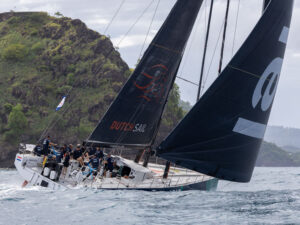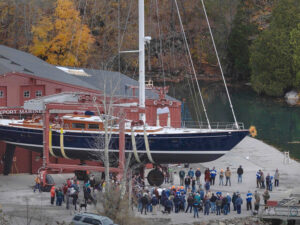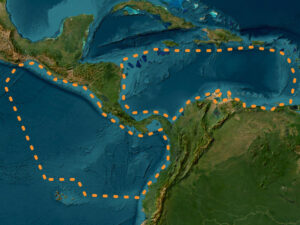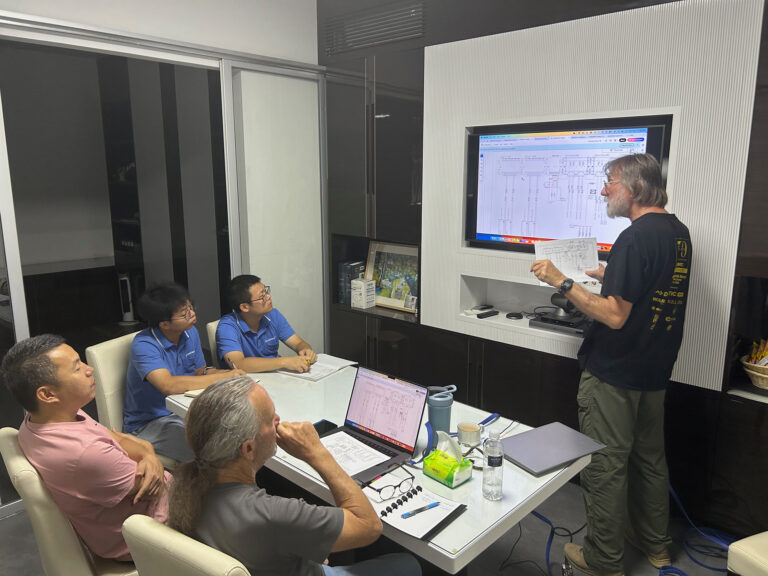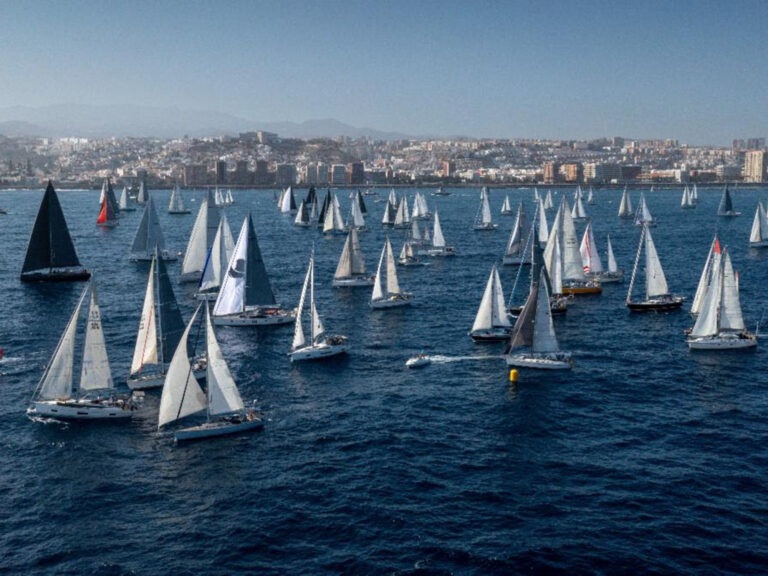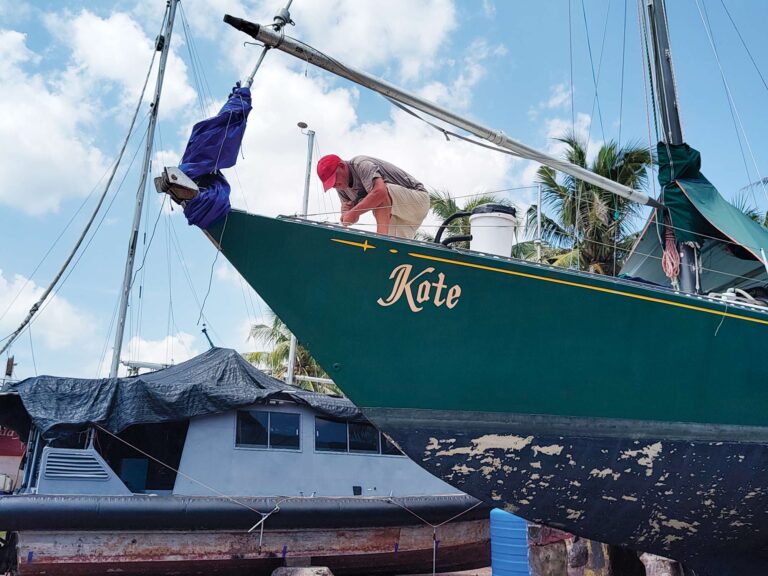
Fuel-supply and return hoses, the plumbing used to convey diesel fuel to an engine or generator and then return unused fuel back to the tank, are often designated as USCG Type A1. They are similar to the fuel-fill hose in that they too should be rated for two-and-a-half-minute exposure to flame without failing or leaking (see “Venting Out,” October 2017). Hoses manufactured within the last few years will likely carry a number “15” suffix, e.g., A1-15, which represents the permeation resistance, an EPA requirement for gasoline engine applications. The same hose can be used for either gasoline or diesel fuel. Type B fuel hoses carry no flame resistance rating and thus are not suitable for inboard use, particularly in engine compartments.
Supply and return hoses must be clearly and permanently labeled in capital letters; numerals must be at least 1⁄8-inch tall and include the manufacturer’s name, the date the hose was manufactured and the rating (A1 or A2) every 12 inches. If a hose is not marked, or if it doesn’t carry the appropriate rating, the risk of failure of one kind or another is a possibility (the result of interaction with fuel or additives, or in the event of a fire).
Supply and return hoses should be terminated using barbed pipe-to-hose adapters retained with all-stainless-steel and preferably nonperforated hose clamps, or sleeves and threaded insert compression fittings. (The “all-stainless” caveat includes the screw. Use a magnet to check before buying. Mild steel is highly magnetic, while stainless steel is nonmagnetic or only mildly magnetic.) Under no circumstances should a fuel-supply or return hose be placed over a smooth, nonbarbed, threaded or knurled pipe or tube fitting, including and especially pipe nipples. Doing so is an invitation to a leak.

If the vessel’s fuel plumbing utilizes metallic tubing, the transition from tubing to hose must rely on a flare fitting and a threaded pipe-to-hose adapter. Furthermore, where the transition from tubing to hose occurs, typically adjacent to or beneath the engine, the hose must be firmly secured to the vessel structure to prevent any movement of the tubing whatsoever. If the tubing is allowed to move as a result of engine vibration, it can work loose or harden and fail.
On the subject of security, a fuel hose should be secured to prevent movement, ideally using rubber-lined, corrosion-resistant metallic P clips, and where it passes through bulkheads or other structures, it must be protected to prevent chafing. Plastic zip or wire ties should not be used to secure fuel plumbing where it passes over moving machinery such as shafts, pulleys or belts. Fuel hoses should never be secured to electrical cabling, and vice versa.
Valves used for isolating or directing fuel flow must be of the positive stop variety, i.e., a ball valve that turns through no more than 90 degrees. The reason for this guideline, which is an ABYC standard, is to facilitate a quick, at-a-glance indication of a valve’s open or closed position. Traditional rotary “washing machine” gate valves, while not uncommon, do not meet this standard, and the handles are often mild steel, making them rust-prone. The same holds true for tank sight-glass valves; these too should be of the ball rather than gate variety. Finally, any valve that relies on an external stem spring should not be used. The spring applies tension to a tapered plug, thereby maintaining a liquid-tight seal. The spring itself, however, is nearly always made from mild steel; when it rusts and crumbles, a fuel leak is sure to follow.
– – –
Steve D’Antonio offers services for boat owners and buyers through Steve D’Antonio Marine Consulting (stevedmarineconsulting.com).

